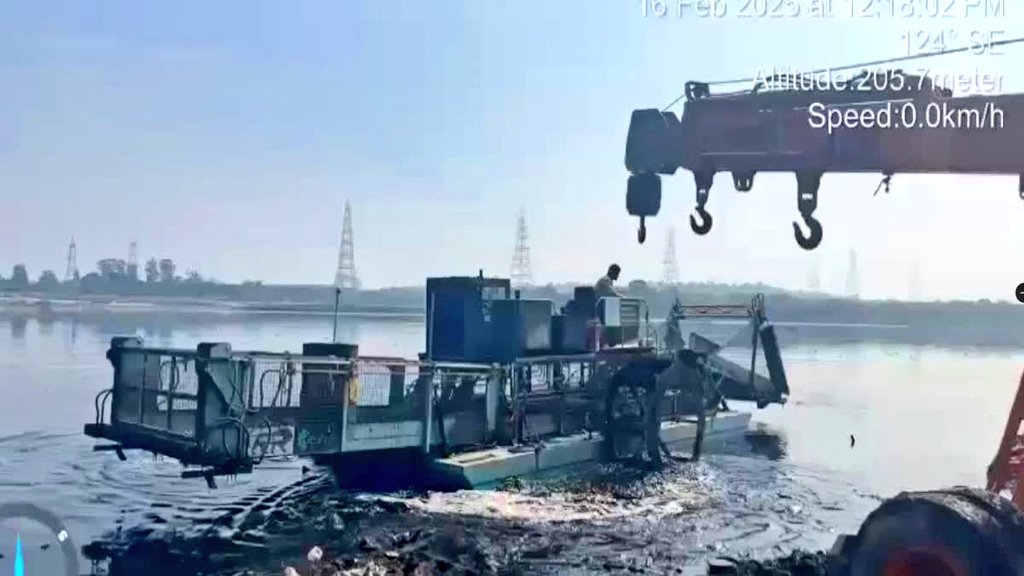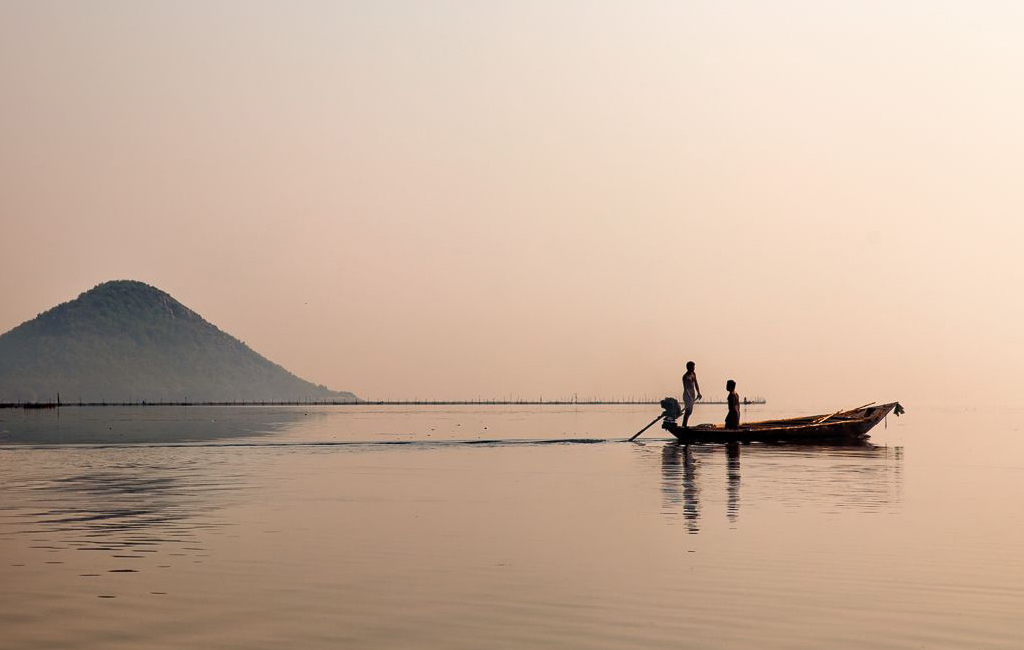Yamuna River Cleaning Begins After a long-awaited period, the much-anticipated cleaning efforts for the Yamuna River have finally begun. According to official sources, the cleaning operations aim to tackle the river’s deadly pollution with the help of trash skimmers, weed harvesters, and a dredge utility craft. The government has outlined a four-phase strategy to ensure the Yamuna is cleaned efficiently, with a target of completing the cleanup within three years.
As everyone knows, the Yamuna River in Delhi has become a significant concern due to severe pollution. The major water body of the national capital has been plagued by contamination from various sources. This has resulted in the visible presence of white foam-like pollutants on the water’s surface, highlighting the severity of the issue.

Why It’s Important to Clean the Yamuna River ASAP:
Cleaning the Yamuna River is of utmost importance due to its significant ecological, economic, and cultural roles.
-
Ecological Impact
- Loss of Biodiversity: Pollution in the Yamuna has resulted in a drastic decline in aquatic life. Pollutants such as untreated sewage, industrial effluents, and agricultural runoff have caused oxygen depletion, making the river uninhabitable for many species of fish and other aquatic organisms.
- Ecosystem Disruption: The river’s pollution is disrupting local ecosystems, affecting not only aquatic species but also animals that rely on the river for survival.
-
Health Risks
- Waterborne Diseases: The contamination of the Yamuna with untreated sewage and industrial waste increases the risk of waterborne diseases like cholera, dysentery, and typhoid, particularly for millions of people who rely on the river for water. Contaminated water also poses significant health risks for those using the river for bathing and recreational activities.
- Toxicity: Harmful chemicals and untreated industrial waste in the river further exacerbate the risks, leading to skin diseases, respiratory issues, and other chronic health problems for people exposed to the water.
-
Cultural and Religious Importance
- Sacred River: The Yamuna is considered sacred by millions of Hindus. Many people visit the river to perform religious rituals, prayers, and festivals. Cleaning the river is crucial not only for restoring its environmental health but also for preserving its spiritual and cultural significance for future generations.
- Ritualistic Significance: The river plays a key role in daily life for many communities, and its contamination undermines its sanctity and the spiritual practices of devotees.
-
Economic Consequences
- Agriculture: A major source of irrigation for crops in Delhi, Haryana, and Uttar Pradesh, the Yamuna’s pollution directly affects agricultural productivity. Polluted water harms crops, affecting the livelihood of farmers and the regional economy.
- Tourism and Local Economy: The Yamuna has the potential to be a tourist attraction, especially in cities like Agra and Delhi. However, pollution detracts from its appeal, leading to a decline in tourism revenue and negatively impacting local economies.
-
Water Scarcity and Climate Change
- Water Availability: As water scarcity becomes a growing issue in India, cleaning the Yamuna ensures that there is access to clean, reliable water sources for drinking, agriculture, and industry. Contaminated rivers exacerbate water shortages and create long-term challenges.
- Climate Resilience: A healthy Yamuna River will play a crucial role in building climate resilience for local communities, as it helps manage water distribution and supports ecosystems that mitigate climate impacts.
-
Social Justice and Public Health
- Impact on Marginalized Communities: Pollution affects those living in slums and impoverished areas along the riverbanks the most. Cleaning the Yamuna would improve the living conditions of these communities by providing access to clean water and better public health.
- Public Awareness and Participation: The government’s initiatives should also include raising awareness among local communities about the importance of conserving water, reducing waste, and minimizing pollution to prevent future contamination of the river.
Also Read : How are earthworms important in farming?




